Oof! That Didn’t Age Well!
On July 23, 2020, CNBC published an article by Elizabeth Schulze headlined: Here’s why economists don’t expect trillions of dollars in economic stimulus to create inflation.
That one didn’t age well, did it?
At the time CNBC published this article, the Federal Reserve had expanded its balance sheet from $4 trillion to roughly $7 trillion. (We’re now knocking on the door of $9 trillion.) That means when this article was published, the central bank had created about $3 trillion out of thin air and injected it into the economy. But as Schulze pointed out, the Fed was still projecting “inflation will stay below the central bank’s 2% target over the next two years.”
Oops.
Before we even get to the poor economic analysis that led “economists” to this wildly wrong conclusion, it’s important to point out that the headline was obviously wrong from the very moment it was published.
Creating $3 trillion out of thin air is — by definition — inflation.
When we talk about “inflation” today, most people immediately think about rising prices. That is indeed one of the effects of inflation. But that isn’t inflation itself. Properly defined, inflation is an increase in the money supply. In fact, that used to be the standard definition of inflation. Over time, the government and media pundits have changed the definition. Today, pretty much everybody defines inflation as rising prices.
Economist Frank Shostak explained why getting the definition of inflation right matters.
Policymakers that focus on increases in prices in order to establish the status of inflation while ignoring increases in money supply are likely to misread the state of the economy. As a result, these policymakers and various economic commentators are likely to be surprised on account of the unexpected economic shocks. It follows, then, that employing an unsound definition of what inflation is all about can produce a disastrous economic outcome. It also implies that a central bank policy of stabilizing prices in order to secure stable inflation is erroneous.”
This is exactly what we see in this CNBC article – a disastrous misreading of the economy.
When we understand the actual definition of inflation, we recognize that this is a dumb headline on its face. It’s basically telling you that economists didn’t expect creating inflation to create inflation. This is obviously nonsensical. At the time Schulze penned this article, the Fed had already created $3 trillion in inflation.
Of course, Schulze was really trying to convince you that the inflation the Fed created wasn’t going to manifest itself in rising consumer prices. In hindsight, we also know this was completely wrong.
So, why didn’t economists think that creating $3 trillion out of thin air and injecting it into the economy wouldn’t cause prices to rise?
It was the typical Keynesian claptrap about aggregate demand.
Most mainstream economists believe it’s OK to pump money into the economy during a recession because demand drops. As unemployment rises and the economy tanks, people spend less. As Schulze put it, “Supply shocks have driven up prices for some goods in recent months. Yet many economists expect consumer prices will stay low despite trillions of dollars in government stimulus.”
She then backed up her statement with a quote from Evercore ISI Vice-Chairman Krishna Guha.
While there certainly is quite a lot of disruption to the supply side of the economy, that’s likely to be dominated by the huge hit to aggregate demand.”
Three months before CNBC published this article, the US government had already sent out the first round of stimulus checks. This is where the entire narrative falls apart. Peter Schiff explained exactly what happened during a recent interview with Megyn Kelly.
We told people not to go to work, not to be productive. Don’t help make stuff. Don’t provide services. But here’s a bunch of money to go out and spend. We want you buying stuff even though you aren’t making stuff. And so we flooded the country with money at the same time the production of goods and services slowed down. And of course, prices went up. It’s not a surprise. It’s exactly what I was saying was going to happen when we first went down this misguided path. So, we’re simply reaping the whirlwind of the wind that we sowed.”
But in July 2020, Peterson Institute for International Economics senior fellow Olivier Blanchard told CNBC that the stimulus wasn’t increasing demand and that while the stimulus checks helped “they didn’t lead to a boom in demand.”
So, what did policymakers do? They tripled down with two more rounds of stimulus.
I guess you could maybe argue that the first stimulus was fine but the third was just too much? Or maybe the extra $2 trillion the Fed created after Schulze penned her tome pushed the Consumer Price Index over the edge.
That could be what happened. But it probably wasn’t.
In fact, creating trillions of dollars out of thin air and handing them out was doomed from the start.
It’s fair to say that Schulze and the economists she interviewed in July 2020 couldn’t have known that there would be more stimulus checks handed out (although there was already talk of round two). But they had to know that once the economy started opening up, demand would quickly return. And they had to know that those trillions of dollars would still be floating around out there. So, they should have anticipated big price increases.
In fact, those price increases began showing up just six months later. At that point, the Fed started spinning the “transitory” inflation narrative — another wildly wrong assumption.
The central bankers and mainstream economists have been wrong about inflation every step of the way, from CNBC’s now clearly ridiculous analysis, to “transitory” inflation, to “Putin’s Price Hike.”
Now they are telling us that everything will be fine. The Fed will raise rates a bit and maybe shrink that balance sheet some and the inflation fire will die out. We’re told the economy is strong enough to handle tighter monetary policy. But at this point, shouldn’t we approach what these people say with at least a little bit of skepticism?



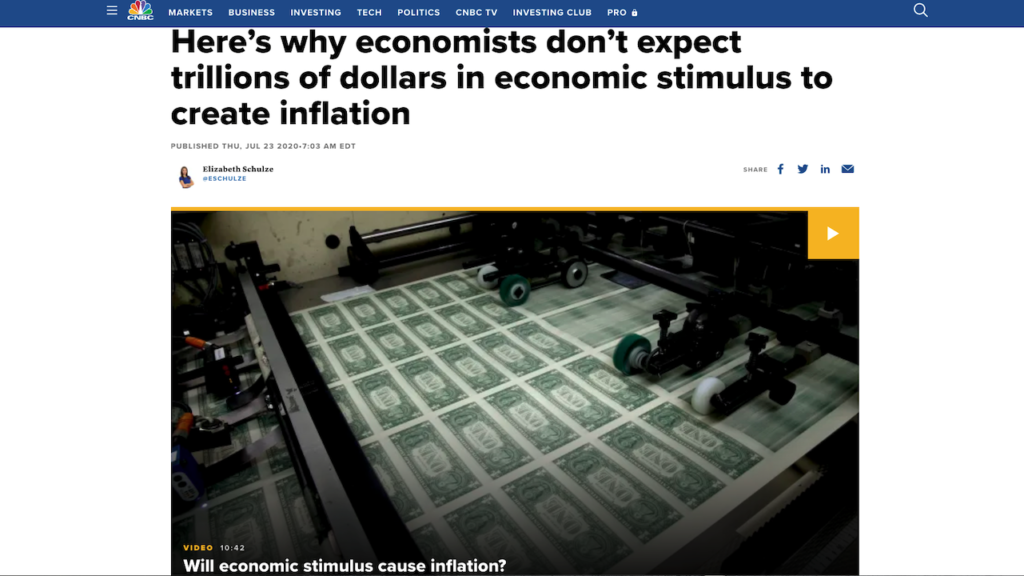

 With the AI boom and green energy push fueling fresh copper demand, and with copper mines aging and not enough projects to match demand with supply, the forecasted copper shortage has finally arrived in earnest. Coupled with persistently high inflation in the US, EU, and elsewhere, I predict the industrial metal will surpass its 2022 top to reach a […]
With the AI boom and green energy push fueling fresh copper demand, and with copper mines aging and not enough projects to match demand with supply, the forecasted copper shortage has finally arrived in earnest. Coupled with persistently high inflation in the US, EU, and elsewhere, I predict the industrial metal will surpass its 2022 top to reach a […]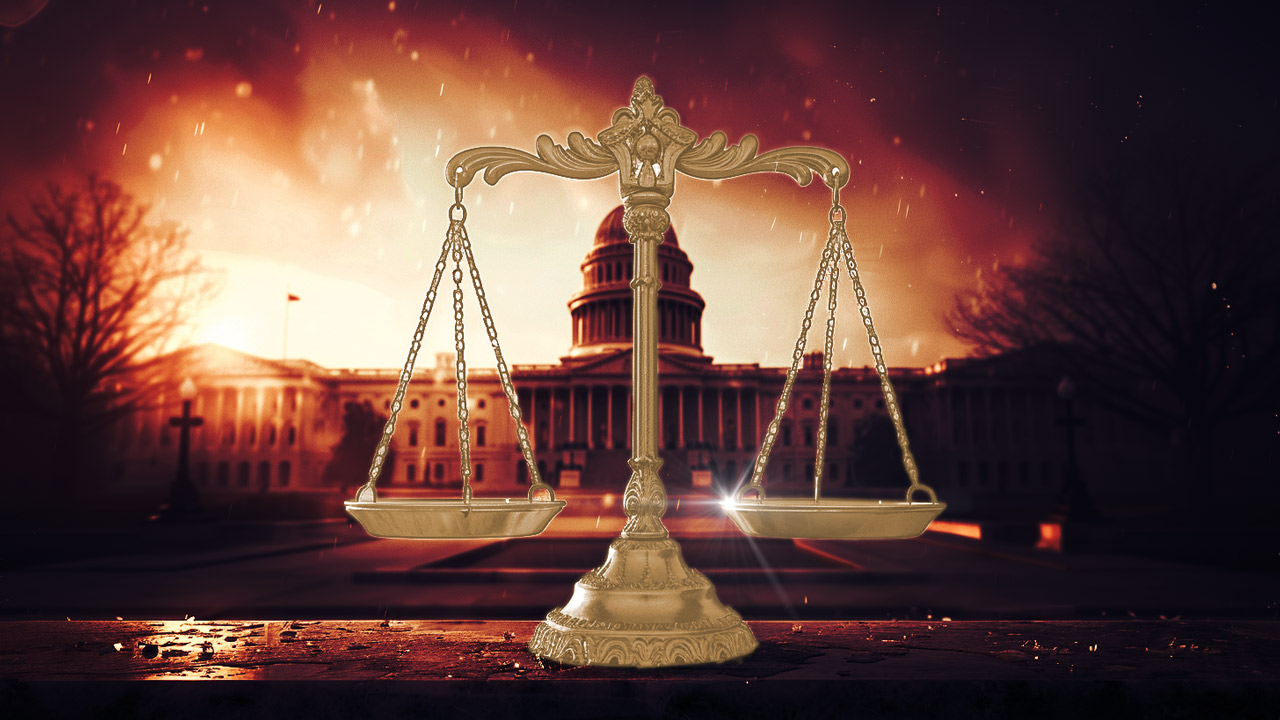 America’s trust in its institutions has rapidly eroded over the past 20 years. We have a lower level of trust in our judicial system and elections than most European countries. Some of this is natural, as Americans are uniquely individualistic, but much of it arises from repeated government failures.
America’s trust in its institutions has rapidly eroded over the past 20 years. We have a lower level of trust in our judicial system and elections than most European countries. Some of this is natural, as Americans are uniquely individualistic, but much of it arises from repeated government failures.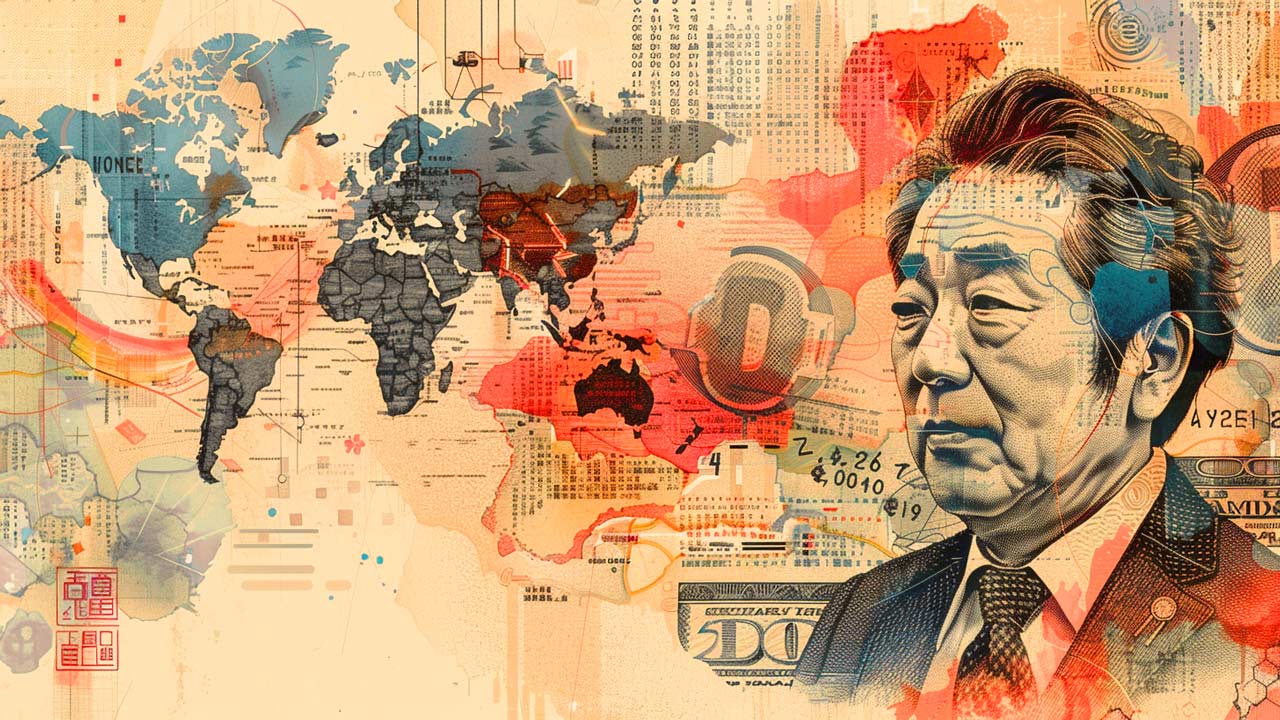 Decades of negative interest rate policy in Japan have ended. That could mean the end of the $20 trillion “yen carry trade,” once one of the most popular trades on foreign exchange markets, and a chain reaction in the global economy. The yen carry trade is when investors borrow yen to buy assets denominated in […]
Decades of negative interest rate policy in Japan have ended. That could mean the end of the $20 trillion “yen carry trade,” once one of the most popular trades on foreign exchange markets, and a chain reaction in the global economy. The yen carry trade is when investors borrow yen to buy assets denominated in […]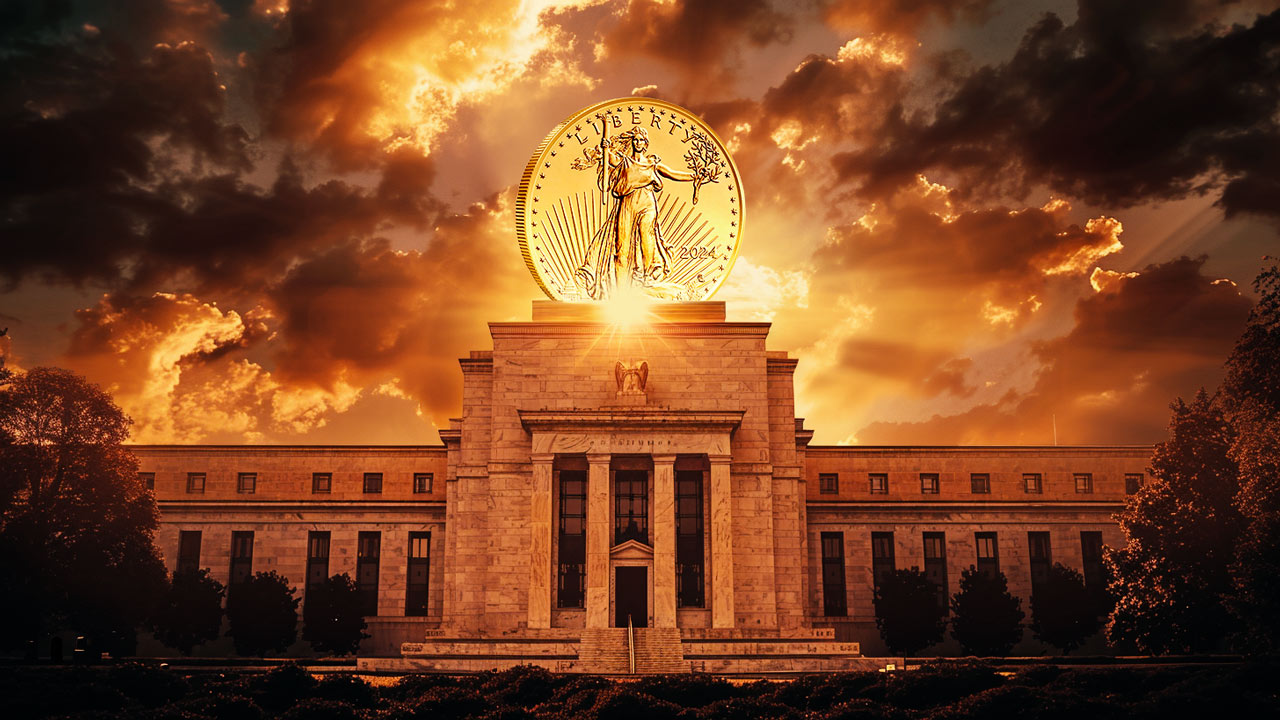 With a hot CPI report casting a shadow of doubt on the likelihood of a June interest rate cut, all eyes are on the Fed. But they’ve caught themselves in a “damned if they do, damned if they don’t” moment for the economy — and the news for gold is good regardless.
With a hot CPI report casting a shadow of doubt on the likelihood of a June interest rate cut, all eyes are on the Fed. But they’ve caught themselves in a “damned if they do, damned if they don’t” moment for the economy — and the news for gold is good regardless. 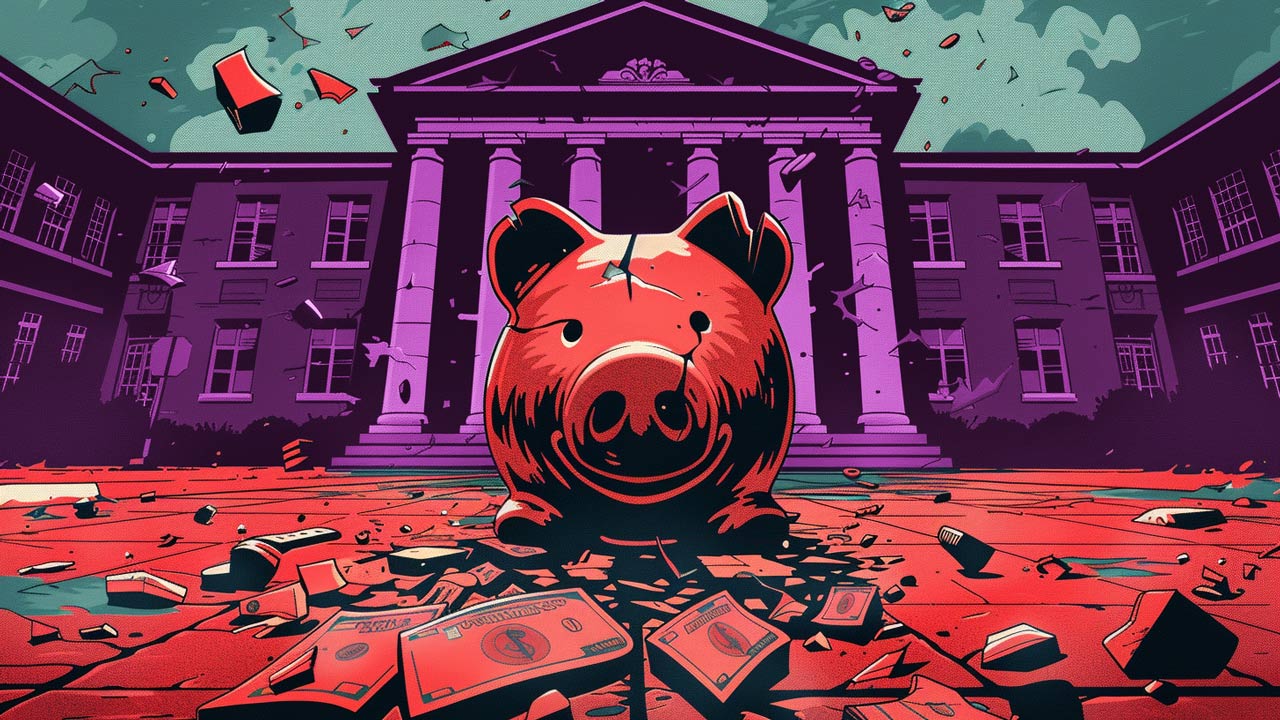 It’s no secret that the American public is wildly ignorant of many issues that are central to the success of our nation. Just a generation ago it would have been unthinkable that less than half of the American population could recognize all three branches of government. America is in most cases far less educated about its government […]
It’s no secret that the American public is wildly ignorant of many issues that are central to the success of our nation. Just a generation ago it would have been unthinkable that less than half of the American population could recognize all three branches of government. America is in most cases far less educated about its government […]